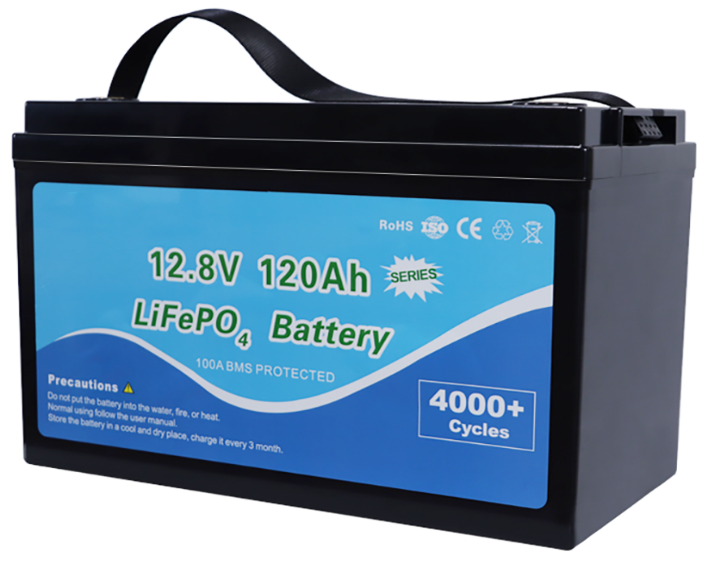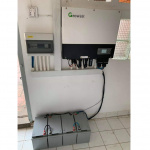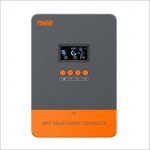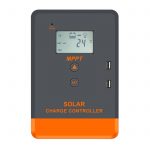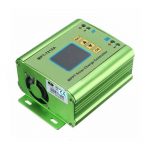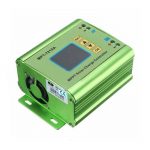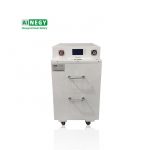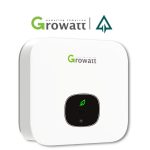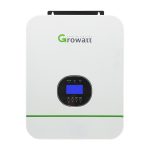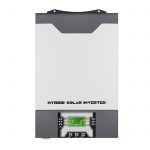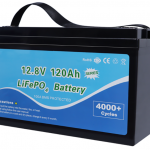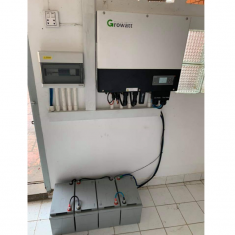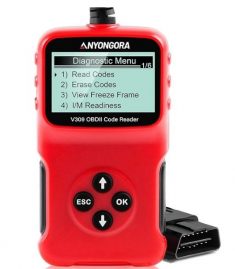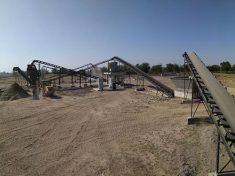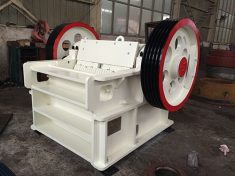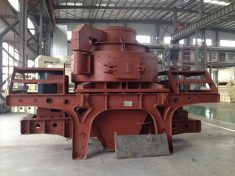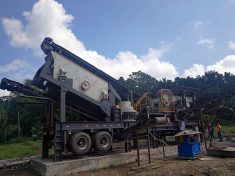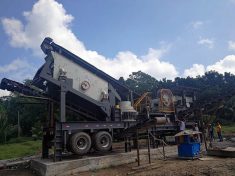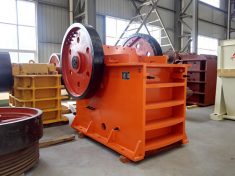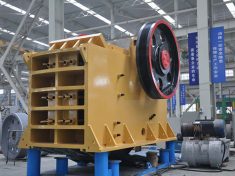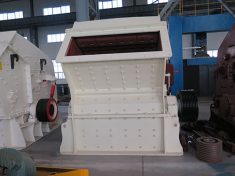To prevent the controller from misjudging the battery voltage
How to choose a dual battery Hybrid Inverter .powmr website also has a load calculator feature that can help everyone check their home’s load needs. This is designed for you, so you can decide whether you need a dual battery inverter based on your home’s load requirements, and if so, which one you need based on our range of inverters.
ECO Mode – When the inverter is in ECO mode, the inverter voltage operating range is between 100-290V. That is, the inverter will continue to charge the battery within the above voltage range. However, when the voltage goes below 100 V or above 290 V, the inverter cuts off the mains and starts to draw current from the battery. This mode should be used to run nominal loads such as lights or fans. This mode extends battery life by minimizing battery usage. Components of the natural environment such as solar radiation levels, ambient temperature and humidity are constantly changing.
Therefore, the energy of the solar panel, which is generated and converted in a fixed manner, will not be sufficient to charge the battery. We hope you’ve understood the difference between a UPS and an inverter and figured out which power system is best for your needs. This article describes the differences between UPS and inverter switching time and backup time requirements that you need to keep in mind when choosing a power backup solution for your home or office.
Check out the powmr website for a comprehensive selection of power inverters and choose the one that suits you best! .The geometry of the positive plate is tubular, which retains the active chemical components in the inverter cell with additional support. These plates have a tubular support structure around the reactive chemical, which ensures that the receiving element remains in place. For uninterrupted operation of the home inverter battery, the battery must be checked regularly. We recommend that you check the battery of the inverter every three months. Compared to other brands under standard operating conditions, powmr series inverter batteries for home and commercial use require low maintenance.
Using these tips, you can improve the performance of your inverter battery: Be aware that batteries contain a lot of electrical change and dangerous chemicals inside. Ensure proper physical safety arrangements during the following activities. The Solar Charge Controller controls the power output of photovoltaic solar cell components and batteries to the load according to the power demand of the load, and is the core control part of the entire photovoltaic power supply system.
WP5048D is a PWM type solar charge controller, capable of charging 36V and 48V solar charge controllers, this 50a solar charge controller is a new generation of multifunctional smart solar charge and discharge controllers that can handle up to 100V input power and With 12V/24V/36V/48V automatic identification system.
The innovative structure design makes the controller installation safer and more reliable. Battery Backup Inverters. These special inverters are specially designed to draw power from Solar Batteries. With an on-board charger, it is possible to keep the battery charged and transfer the extra energy to the grid. These inverters can provide AC power to specific loads in the event of a power failure. They also have anti-islanding capabilities. In semi-urban and rural areas, low electrification has led to a growing demand for power inverters, which are used as an alternative power source during power outages and emergencies.
In addition, the heavy use of electronic devices and appliances, such as mobile phones, smart TVs, air conditioners, etc., has led to an increase in the demand for backup power. The industry has also witnessed many technological developments and implementation of new technologies to meet changing customer demands. 3. 4-wire terminal, generally the solar panel, battery, and load share the positive pole. When wiring, you only need to connect the three positive poles together, and the negative pole is connected as usual. 4. Connection sequence, connect the battery first, then the solar panel, and finally the load.
This wiring method is to prevent the controller from misjudging the battery voltage. Home UPSs also have advanced safety features such as automatic reset when AC power is restored, overload and short circuit protection in battery mode, and sleep mode to extend battery life. Theoretically, the use of MPPT charge controllers in solar power systems can increase efficiency by 50% compared to traditional methods.
But according to powmr tests, the final efficiency can be increased by 20% – 30% due to environmental factors and energy loss. Inverter batteries produce lead sulfate, which is deposited on the interconnecting areas (battery terminals) of the battery and inverter during normal operation. Lead sulfate increases the resistance of the current conduction path and prevents current from flowing from the inverter to the converter. If there is a buildup of lead sulfate, clean the battery with warm water and a nylon brush.
